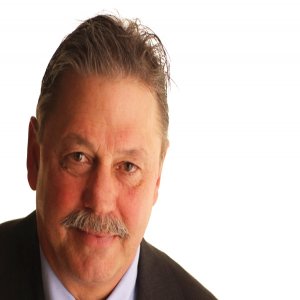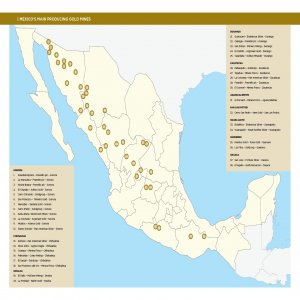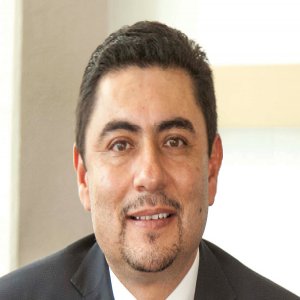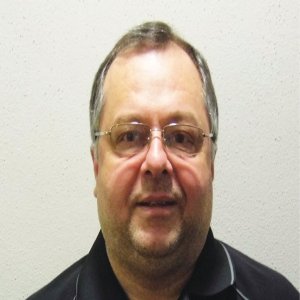Getting Ahead Through Waste, Closure, and Water Use Plans

STORY INLINE POST
Q: What are the main areas of focus of SRK Consulting in Mexico?
A: SRK Consulting used to have offices in Hermosillo and Zacatecas, but the company has now consolidated its operations in its Queretaro office. Many of our employees from Hermosillo are still associated with us as on-call subcontractors. They are hired to perform tasks such as resource assessment of new properties. SRK Consulting offers services that cover everything from the earliest phases of exploration to mine closure. Our people in Queretaro are primarily focused on water and geochemistry. This includes surface water run-off, finding water for mines, dewatering mines, maintaining the quality of processed water, and establishing baselines for environmental impact studies. We also specialize in waste rock or tailings drainage. To varying degrees, almost all mines have sulphide minerals which oxidize in the atmosphere, causing the release of toxic metals which can then be transported by moving water. Contrary to popular belief, some metals are even released under neutral pH conditions. There is an increasing awareness of this issue in Mexico, especially within Canadian companies working here. Canadian companies have to comply with stricter environmental laws from Canada, even in their Mexican operations. In Mexico, SEMARNAT norms NOM-157, NOM-155, and NOM-141 oversee waste rock, lixiviation systems for gold and silver, and tailings dams, respectively. I am anticipating that, in the near future, the Mexican government will implement mine closure regulations as well. Other governments such as Chile and Peru have already implemented mine closure regulations to prevent companies from abandoning a mine. This is already becoming a requirement for any international company in order to avoid conflicts with communities and NGOs, and to keep their shareholders happy. A mine poses substantial environmental risk when it is not regulated by international standards. National laws are subject to change and may require mining companies to return to a mine site in order to perform costly cleanup operations, as has happened in the US. We therefore encourage companies to plan for mine closure while planning mine development. If you leave it until the end, it becomes much more expensive.
Q: What are the most important elements of a proper mine closure plan?
A: The first is cover. There are a number of techniques to provide long-term cover, ranging from plastic covers to engineered soil layers and vegetation, which limit the infiltration of oxygen and water into the waste rock. By doing this, one can greatly decrease the rate of acid rock drainage (ARD) generation. The second is drainage control. The company should modify the slopes from a waste rock pile and from tailings dams to prevent erosion and surface run-off from cutting through the tailings facilities and transporting metals to the surroundings. The third most important consideration in a mine closure plan is remediation. All buildings are removed, the tailings and waste rock are re-graded, and a geochemical model of the pit water is made. Modelling in this regard requires some very sophisticated geochemical and hydrological evaluations of the water flowing through the pit, of the rock exposed, and of the oxidation rates. The amount of data is going to increase as the mine develops and this data will need to be continuously incorporated into both the mine closure plan and into the models. One final important factor is that mine closure can be achieved progressively. While closure has already become a relevant issue for the mining industry, it will continue to grow in importance.
Q: How does SRK Consulting contribute to mine closure planning in Mexico?
A: We are working on a mine closure plan with San Anton de las Minas, a subsidiary of Primero Mining. Companies such as Goldcorp and Primero Mining understand the importance of characterizing waste rock and minimizing the generation of ARD. In any case, SEMARNAT requires the characterization of waste rock as part of the environmental impact assessment, yet there is no requirement for a complete mine closure plan. There are numerous publications about mining drainage such as the MEND’s Prediction Manual for Drainage Chemistry from Sulphide Geological Materials. It has become such a big issue that big mining companies have donated money to the International Network for Acid Prevention (INAP) to publish information for free and raise awareness about the topic.
Q: What are some of the strategies that SRK uses in order to minimize the generation and impact of ARD?
A: Two techniques are most important when treating ARD. The first is the adequate mineralogical and geochemical characterization of the rock waste, which needs to take place during the prefeasibility stage of mine planning. The second is the segregation of the waste with the highest acid-generating potential, which prevents companies from having to treat all the waste as acid-generating. Companies typically use amendments to add neutralization capacity to the waste, but this can be very expensive. By characterizing the material through static and kinetic testing, and highgrade mineralogy, one can know exactly which portion of the waste needs to be contained and managed. Unfortunately, there are very few environmental geochemists based in Mexico, and there is a great need for them to do such work.
Q: Which water management services do you currently offer?
A: All mines need water, but many of the mines in Mexico are in the desert, where water is scarce. Competing with the substantial agriculture interests in these states and meeting the great demand for water in a mine site is not an easy task. SRK Consulting locates water, quantifies it, acquires the necessary permits from CONAGUA to exploit it, and then designs and drills the water wells. We come up with a strategy for sealing the fractures, effectively intercepting the water to bring it outside, and preventing any contact with exposed mine faces, which could contaminate the water. If a mine needs 300-500m3 of water a day for 20 years, the company should create a model to assess the impact of pumping from the aquifer to ensure that the aquifer does not dry up.
Q: What is SRK’s capacity in terms of modelling and technical assessments for mining companies?
A: We perform resource assessments and block modelling using tools such as Gemcom or Vulcan. Our team in Vancouver has a tremendous amount of experience turning boring and assay data into block models and resource assessments. We follow best practices for ground water models, using common software such as MODFLOW, which allows us to do inflow calculations and assess the sustainability of an aquifer. We use PHREEQC to construct geochemical models as well as offering geotechnical models. SRK also generates a tremendous amount of N43-101 technical reports, which is a specific style of report required by investors in the Toronto Venture Stock Exchange. Section 20 of these reports deals with social and environmental standards, which includes water management and geochemistry. The N43-101 report style is starting to become an international standard for mineral resource classification due to investors’ familiarity with it. However, qualified people capable of producing N43- 101 reports are still hard to find in Mexico.






















